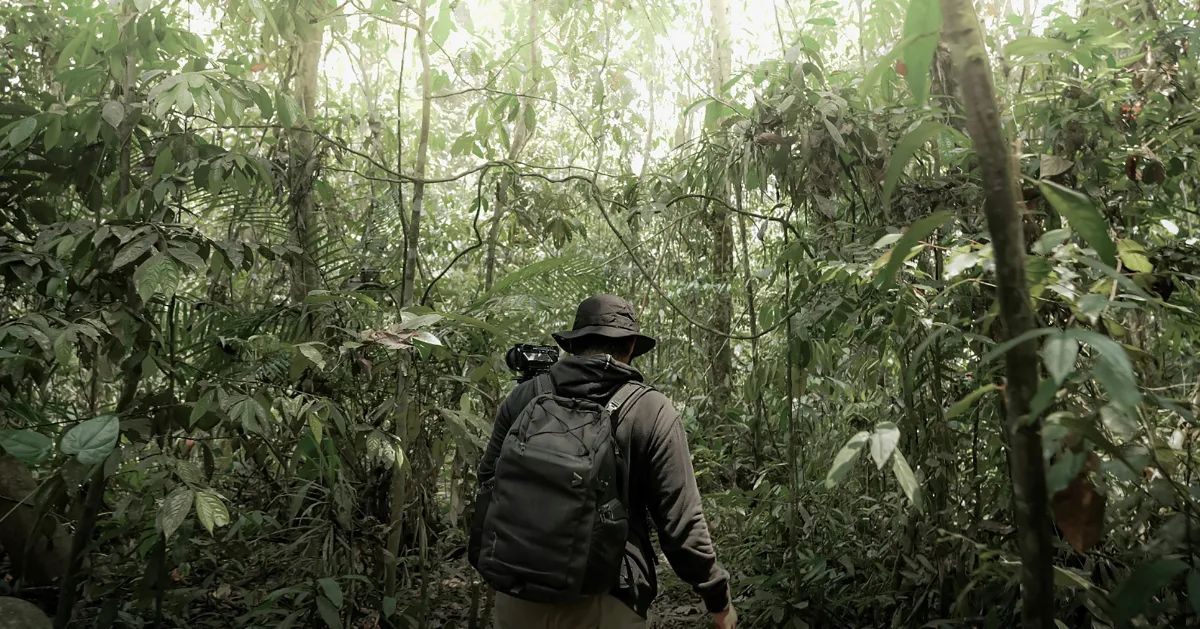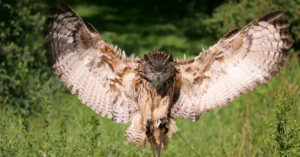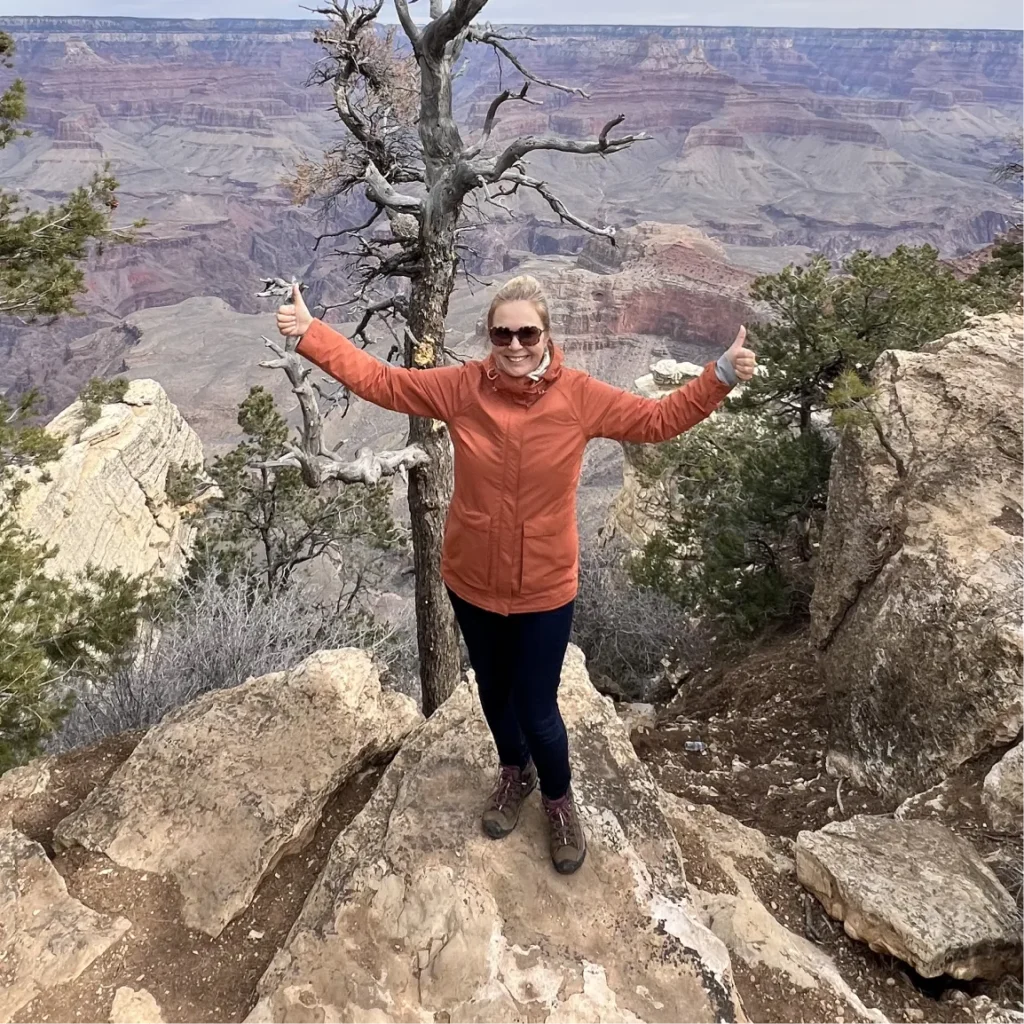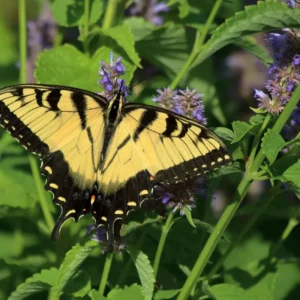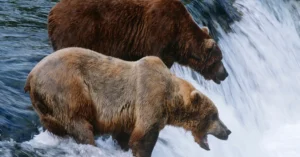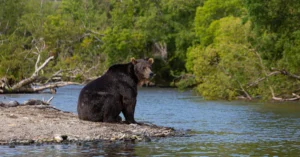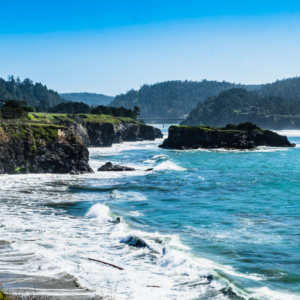Wildlife watching is a thrilling and enriching activity. It allows you to observe animals in their natural habitats and learn about their behaviors.
The right resources can significantly enhance this experience, making it more enjoyable and informative. Proper preparation is key to successful wildlife watching.
Knowing what to expect and how to handle various situations can make a big difference. Wildlife watchers should aim to be informed, safe, and respectful of nature.
This involves understanding the environment, following safety guidelines, and minimizing disturbances to wildlife. The more prepared you are, the better your chances of having a memorable and rewarding adventure.
In this blog, we will explore various aspects of wildlife watching, highlighting essential tools and tips to help you get the most out of your experience.
By the end, you will have a deeper understanding of how to make your wildlife-watching adventures both enjoyable and impactful.
Why Are The Right Resources Crucial?
Having the right resources when embarking on a wildlife-watching adventure is crucial. These resources enhance your experience by providing essential information and support.
Knowledge about the local wildlife and their behaviors helps you know what to expect and where to look. This increases your chances of successful sightings. Safety is another important factor.
Resources like maps and safety guidelines ensure you are well-prepared for different terrains and potential risks.
Efficiency is also key; knowing the best times and locations for wildlife watching saves you time and effort. Additionally, understanding how to interact responsibly with wildlife minimizes disturbances and respects their natural habitats.
This not only protects the animals but also enriches your experience, allowing you to observe natural behaviors.
10 Essential Resources For Effective Wildlife Watching
Effective wildlife watchers rely on various essential resources to enhance their experiences and skills. Here, we present the top 10 resources that every wildlife watcher should have.
1. Essential Field Guides

Field guides are essential tools for wildlife watchers. They help you identify animals you encounter. These guides are packed with detailed illustrations and useful information.
Some focus on specific regions, like North America or Europe. Others might cover particular groups of animals, such as birds or mammals. Good field guides are easy to carry and use.
They should have clear pictures, concise descriptions, and quick-reference features. Popular guides include “National Geographic Field Guide to the Birds of North America” and “Peterson Field Guide to Mammals of North America.”
Using these resources makes wildlife watching more rewarding. They provide valuable insights, making it easier to recognize and understand different species.
Whether you are a beginner or a seasoned watcher, having a reliable field guide on hand is crucial. It enhances your ability to enjoy and learn from your wildlife adventures.
2. Behavior And Ecology Books
Behavior and ecology books are invaluable for wildlife watchers. These books dive into why animals act the way they do. They explain behaviors like hunting, mating, and migration.
Knowing these details makes watching wildlife more fascinating. It helps you understand what you are seeing.
Good books cover a range of animals and their environments. Some recommended reads are “The Secret Life of Birds” and “The Hidden World of Deer.”
These books offer in-depth insights into animal habits and ecosystems. They show how animals interact with each other and their surroundings.
This knowledge enriches your wildlife-watching experience. You gain a deeper appreciation for the natural world. Whether you are a beginner or an experienced watcher, these books are valuable resources.
They provide the context and background that field guides might need to do. Investing time in reading behavior and ecology books can transform your wildlife watching. It turns it into a more educational and engaging hobby.
3. Apps For Identifying Species
Apps for identifying species are fantastic wildlife-watching resources. They make it easy to recognize animals you encounter. These apps use photos, sounds, and descriptions to help identify wildlife.
Some top apps include iNaturalist and Merlin Bird ID. They are user-friendly and accurate. With just a few taps, you can learn about the animals around you. Many apps also allow you to record your sightings.
This helps track what you have seen over time. Some apps even work offline, which is great for remote areas.
These apps are perfect for both beginners and experienced watchers. They provide instant information, making wildlife watching more enjoyable. They also offer features like community support and expert verification.
This ensures your sightings are accurate. Using these apps enhances your understanding of wildlife. They are handy tools to have on your adventures.
4. Navigation Tools
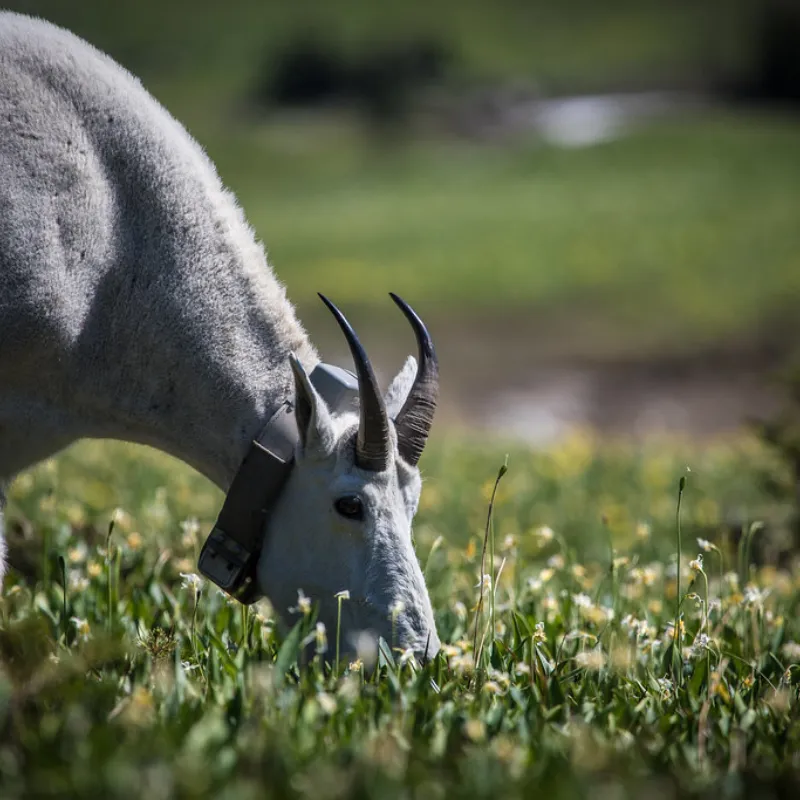
Navigation tools are essential for wildlife watchers to explore new areas and find specific species. They ensure you stay on track and reach your destinations safely. Some navigation tools are given below.
- GPS Devices: Portable GPS units provide accurate location tracking and mapping, even in remote areas. They are reliable and easy to use, helping you navigate unfamiliar terrain.
- Mapping Apps: Apps like Google Maps and Gaia GPS offer detailed maps and navigation features, including offline access. These apps are useful for planning routes and finding your way.
- Compasses: Traditional compasses are handy backup tools for basic navigation and orientation. They don’t rely on batteries and are a good safety measure.
- Topographic Maps: These maps provide detailed information about terrain and elevation, useful for planning routes in natural areas. They help you understand the landscape better.
5. Tracking And Reporting Apps
Tracking and reporting apps are essential wildlife-watching resources. They help you log and share your sightings.
These apps allow you to record details like location, date, and time. Some top apps include eBird and Mammal Mapper. They are easy to use and very accurate. By logging your sightings, you create a personal record of your wildlife adventures.
These apps also benefit scientists and researchers. They collect valuable data for studies and conservation efforts. Many apps offer features like maps and statistics. This helps you see patterns in your sightings.
Tracking and reporting apps also often include social features. You can share your records with other wildlife watchers.
This builds a community of shared experiences and knowledge. Using these apps makes your wildlife watching more interactive and informative. They are perfect for both casual watchers and serious enthusiasts.
6. Educational Apps
Educational apps are fantastic wildlife-watching resources. They make learning about animals fun and easy. These apps often include games, videos, and quizzes.
They help you understand more about wildlife and their habitats. Some top educational apps are Seek by iNaturalist and WWF Together.
These apps are user-friendly and engaging. They are perfect for both kids and adults. Educational apps can teach you about animal behavior, diet, and conservation.
They often update with new information and activities. Using these apps makes wildlife watching more educational and exciting.
They provide interesting facts and visuals that enhance your experience. Some apps even offer interactive features, allowing you to participate in citizen science projects. This helps contribute to real-world research.
Whether you are a beginner or an experienced wildlife watcher, these apps are valuable tools. They turn your wildlife adventures into a learning journey.
7. Websites With Comprehensive Wildlife Databases
Websites with comprehensive wildlife databases are valuable wildlife-watching resources. They provide detailed information on various species.
These sites often feature extensive articles, photos, and maps. Some top websites include National Geographic and Animal Diversity Web. They are user-friendly and regularly updated. Using these websites helps you learn more about animals and their habitats.
They offer in-depth insights into species behavior, distribution, and conservation status. These databases are perfect for both casual watchers and serious enthusiasts.
They help you identify animals and understand their roles in the ecosystem. Many websites also have interactive features.
You can search for specific species or browse by region. This makes finding information easy and convenient. Websites with comprehensive databases enhance your wildlife-watching experience. They provide reliable and accurate data.
8. Online Communities And Forums
Online communities and forums are great wildlife-watching resources. They connect you with other wildlife enthusiasts. These platforms allow you to share your sights and experiences.
Some popular communities are BirdForum and iSpot Nature. They are friendly and supportive places. You can ask questions, share tips, and learn from others.
These forums often have experts who can help identify species or offer advice. Joining an online community enhances your wildlife-watching experience.
It makes you feel part of a larger group with the same interests. You can find local groups or join global discussions.
This helps you stay updated on wildlife news and trends. Many communities also organize events and meetups.
This offers a chance to meet other watchers in person. Using online forums is easy and engaging. They provide a wealth of knowledge and support.
9. Wildlife Documentaries
Wildlife documentaries are powerful tools for education and inspiration. They bring the wonders of nature directly to viewers, showcasing the beauty and complexity of wildlife and their habitats.
These films often feature stunning cinematography, capturing rare and intimate moments of animal behavior.
By highlighting the challenges that wildlife face, such as habitat loss and climate change, documentaries raise awareness about conservation issues and inspire action.
For wildlife watchers, documentaries provide valuable insights into the lives of different species and ecosystems.
They offer a deeper understanding of animal behavior, migration patterns, and ecological interactions. Watching these films can enhance your knowledge and appreciation of the natural world, making your wildlife-watching experiences more meaningful.
Additionally, documentaries often feature the work of scientists and conservationists, offering a glimpse into the efforts being made to protect and preserve our planet’s biodiversity.
By learning from these experts, viewers can gain a better understanding of the importance of conservation and how they can contribute to these efforts.
10. Essential Gear
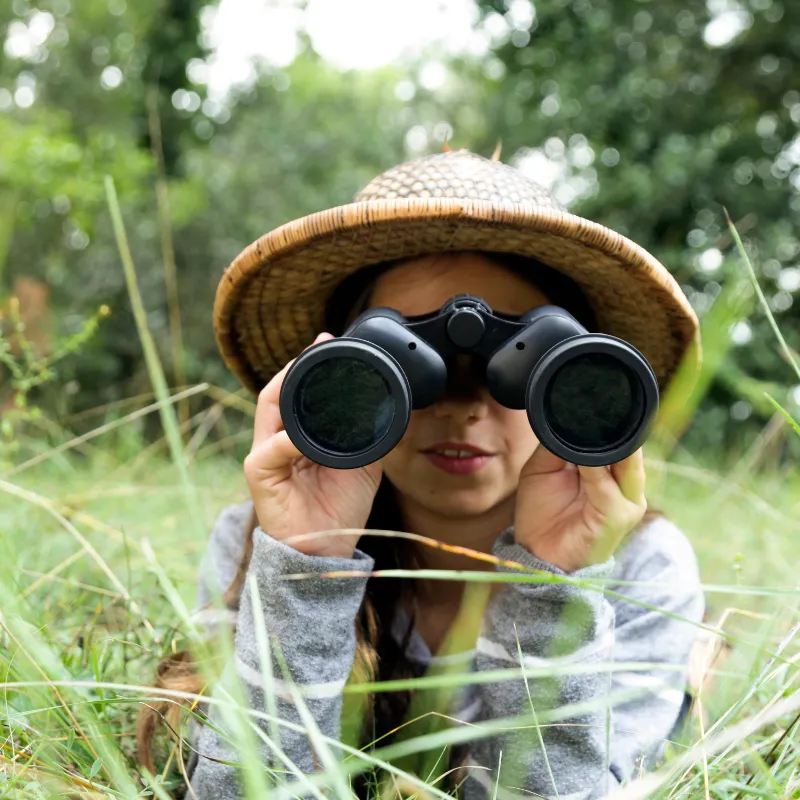
- Binoculars: High-quality binoculars are a must. They allow you to see animals up close without disturbing them. Look for binoculars with good magnification and a clear, bright image.
- Scopes: Spotting scopes provide even greater magnification than binoculars, making them ideal for observing distant wildlife. They’re especially useful for bird watchers who want to see fine details or observe behaviors from afar.
- Protective Clothing: Dressing in layers and wearing weather-appropriate clothing is important. A hat, sunglasses, and insect repellent can also enhance your comfort. Choose clothing in neutral colors to blend into the environment and avoid startling the animals.
Wildlife Photography Equipment
- Camera: A good camera is the heart of wildlife photography. Look for a DSLR or mirrorless camera with a fast autofocus and high burst rate. This helps capture quick movements and ensures sharp images.
- Lens: A high-quality lens is essential for wildlife photography. A telephoto lens with a focal length of at least 300mm allows you to photograph animals from a distance without disturbing them. Consider lenses with image stabilization for clearer shots.
- Accessories: Accessories like tripods and memory cards are also important. A sturdy tripod helps stabilize your camera for sharper images, especially in low light. High-capacity memory cards ensure you have enough space to store your photos.
Field Gear For Comfort And Safety
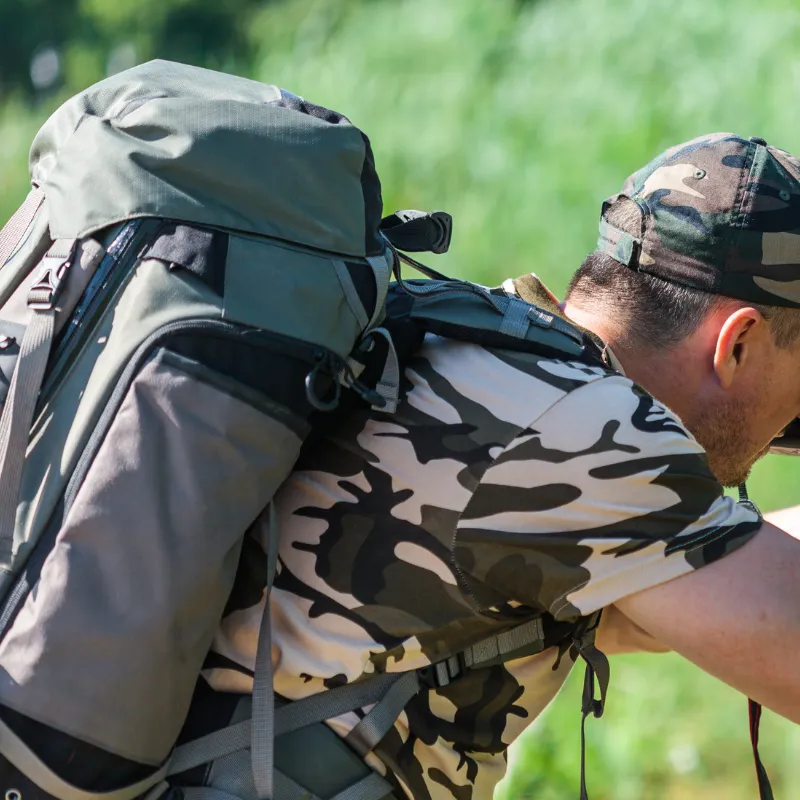
- Sturdy Boots: Good boots are essential for walking on uneven terrain. They provide support and protect your feet from injuries. Waterproof boots are ideal for keeping your feet dry in wet conditions.
- Weather-Appropriate Clothing: Dressing in layers helps you stay comfortable in changing weather. Wear moisture-wicking fabrics to keep dry and add or remove layers as needed. Hats and gloves are also important for sun protection and warmth.
- Well-Equipped Backpack: A backpack is crucial for carrying essentials. Include a first aid kit, water bottle, snacks, and a map. Having these items ensures you are prepared for any situation that may arise.
How Can Wildlife Watchers Effectively Utilize Books, Apps, And Other Resources?
- Pre-Trip Research: Use books and apps to learn about the local wildlife before your trip. This helps you know what to expect and increases your chances of spotting different species.
- Field Use: Carry field guides and apps with you to identify animals on the spot. They offer instant information and help verify sightings quickly.
- Recording Sightings: Use apps to log your sightings. This helps track your observations and contributes to citizen science projects, aiding wildlife research and conservation.
- Learning and Engagement: Regularly read behavior and ecology books to deepen your understanding of wildlife. This knowledge enhances your appreciation of animal behaviors and interactions.
Conclusion
Using the right wildlife-watching resources greatly enhances your experience. Field guides, books, apps, and gear make identifying and understanding wildlife easier and more enjoyable. They also ensure your comfort and safety while exploring nature.
Whether you are a beginner or an experienced watcher, these tools are invaluable. They help you learn more about the animals you encounter and make your adventures more rewarding.
Invest in these resources to deepen your connection with the natural world and enrich your wildlife-watching journeys.

